Avidemux is an open-source, cross-platform video editing program (available on Windows, Linux, and OS X), which supports many file types, formats and codecs. It is a powerful tool, but not particularly easy to use. Follow this guide to perform some of the simpler video editing functions available in Avidemux.
Steps
Method 1 of 5: Merge Movies

Step 1. Open the first movie
To do this, click on File, then click Open. Browse folders for the first video to open.
If you are looking to merge converted video files, open the main VOB file and the rest will be merged automatically. The main VOB file is typically VTS_01_1.vob
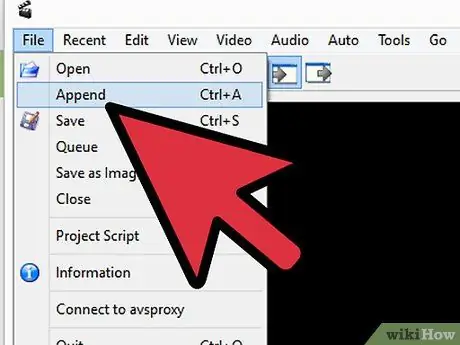
Step 2. Add a second movie when finished
Click on File, then select Add. Browse folders for the file to add.
The second file must have the same framerate and the same width and length as the original file
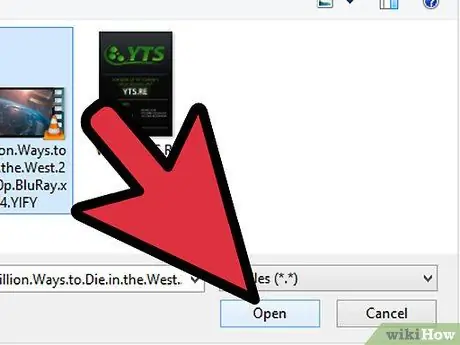
Step 3. Add multiple movies
You can continue adding movies at the end of the file by following the same method.
Method 2 of 5: Cut Movies

Step 1. Create the starting point
Use the navigation bar at the bottom of the video to find the beginning of the movie you want to remove from the video. Press the A button in the playback menu or press the "[" button to set the starting point of the cut.
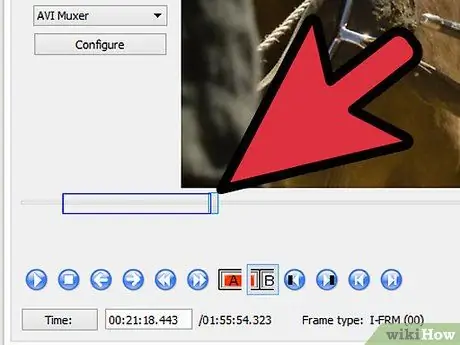
Step 2. Set the end point
Move the navigation bar forward to set the cut end point. Once set, press the B button or the "]" key to set the end of the cut. The section will be highlighted, representing that the clip will be removed.
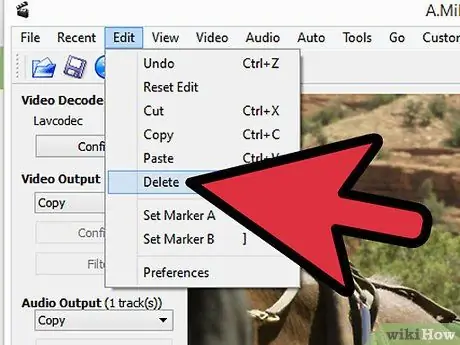
Step 3. Delete the segment
If you are happy with your selection, press the "Delete" key to delete the highlighted segment. If you want to cut the segment instead so you can paste it elsewhere, select Cut from the Edit menu or press Ctrl + X..
Method 3 of 5: Change the File Size and Format
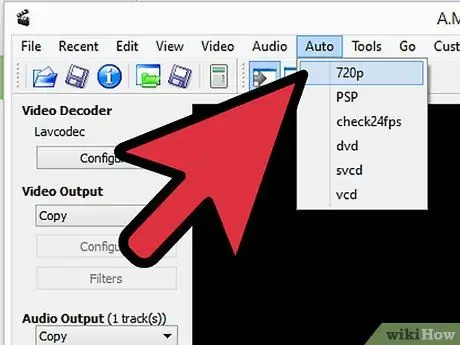
Step 1. Choose a preset format
If you want to make the video compatible for a specific device, click on the Auto menu and select it from the list of options. All settings will be configured automatically. If your device is not listed or you want to convert the video with custom settings, continue with the steps there.
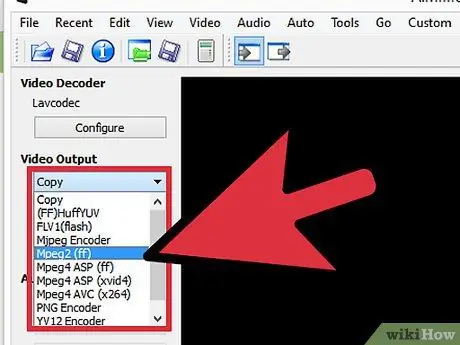
Step 2. Select the video codec
In the Video Output section in the left pane, click on the drop-down menu and select the codec you need. Mpeg4 (x264) is one of the most common formats, because it is accepted by most media players.
Selecting Copy will keep the existing format
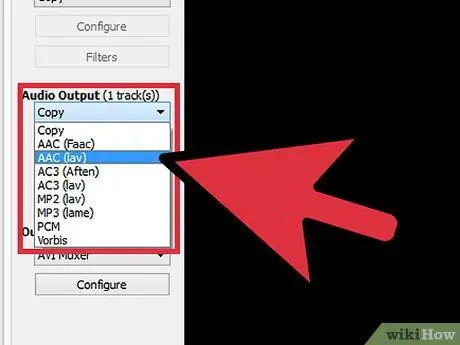
Step 3. Select the Audio codec
In the Audio Out section, just below the Video Out section, click on the drop-down menu and select the audio codec you prefer. AC3 and AAC are two of the most used codecs.

Step 4. Choose the format
In the Output Format section, click on the drop-down menu to select the format you want to assign to the file. MP4 format is played by most devices, and MKV is best suited for PC playback.
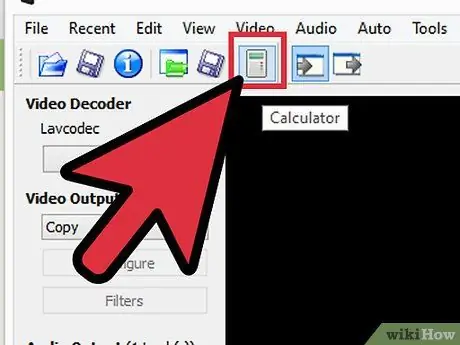
Step 5. Change the video size
Click the Calculation button in the top row of icons to adjust the final file size. Set the "Custom Size" field to the size you want to get. The video bitrate will be automatically changed to meet the size requirements.
Shorter videos, with the same final size, will be of higher quality
Method 4 of 5: Add Filters
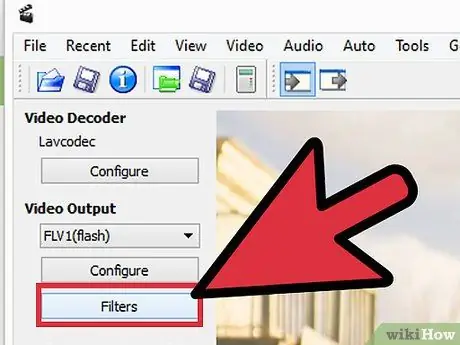
Step 1. Click the Filters button in the Video Output section
In this section you can choose from many different filters that will change the final look of the video. In the following steps you will find the description of the most used options.
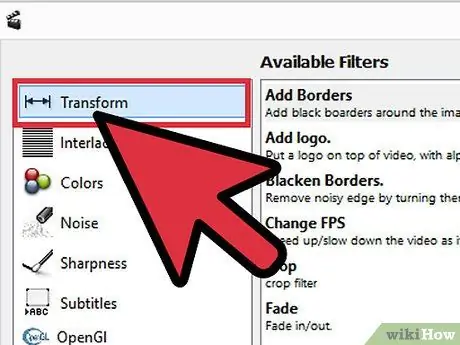
Step 2. Transform your video
In the Transformation section of the filters, you will have the option to change the way the video is displayed. You can add borders to the video, insert a logo and more.
- To change the size of a video, use the "SwSResize" filter to manually adjust the resolution of the final video. You can resize the video by percentage or by entering exact pixel values.
- The "crop" filter will allow you to crop the edges of the video. Double click on that item to define the size of the cut.
- Create fades with the "Fade" filter. Double click on the item to set the start time of the fade.
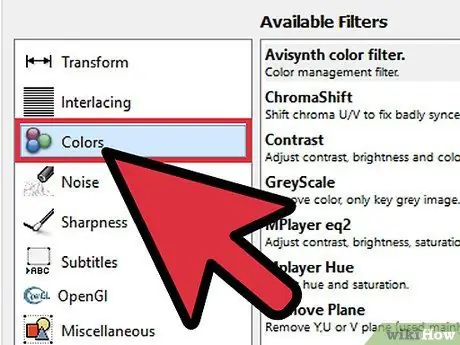
Step 3. Adjust the colors
Use the Colors category to adjust saturation, hue, and more. Overlay multiple filters to get a unique color scheme for your video.
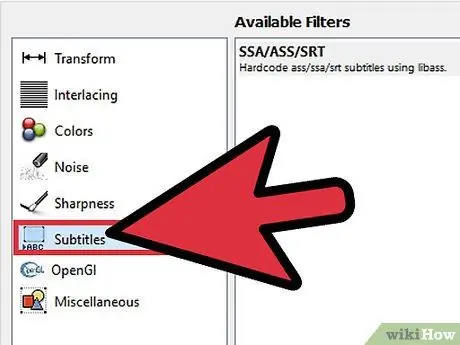
Step 4. Add subtitles
If you have a subtitle file for your video, you can add it to the video using the SSA filter in the Subtitle category. You can decide where the subtitles will appear on the screen.

Step 5. Get more filters
You can add custom filters developed by community members. You can download them from the Avidemux community websites. Once you have downloaded a filter, click the "Load Filters" button to add it to the list.
Method 5 of 5: Preview and Save Your Work
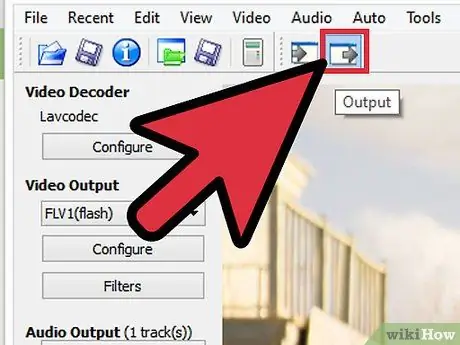
Step 1. Switch to Exit mode
In the top row of icons, click the Exit button, which has an arrow pointing to the right edge of the screen. This will bring up the final version of the video on the display, where you can check the filters and changes made.
Press the Play button below to watch the Output version of the video

Step 2. Press Save
You can click Save from the File menu or press Save in the top row of icons. Name the file and save it in the path you prefer.

Step 3. Wait for the encryption to complete
Once you click Save, Avidemux will start encoding the video according to the previously defined settings. Depending on the size of the encoding, this can take a long time. Once the encoding is done, open the video with your favorite player and try it out.






